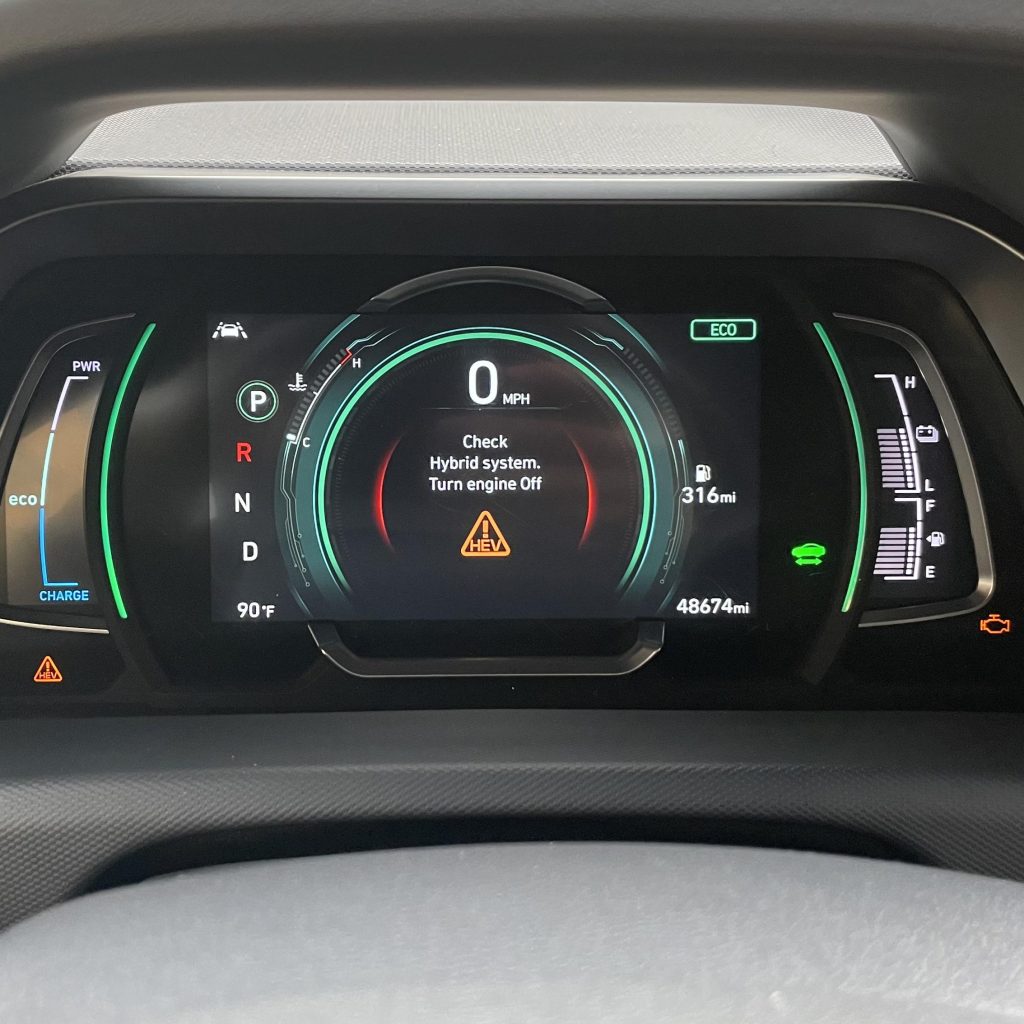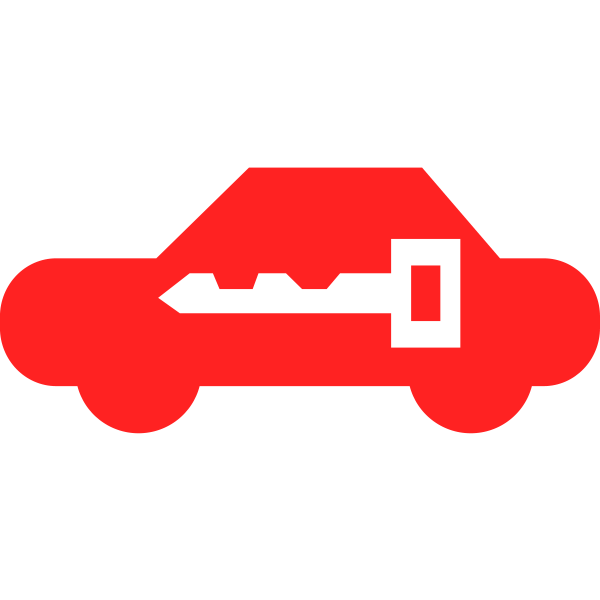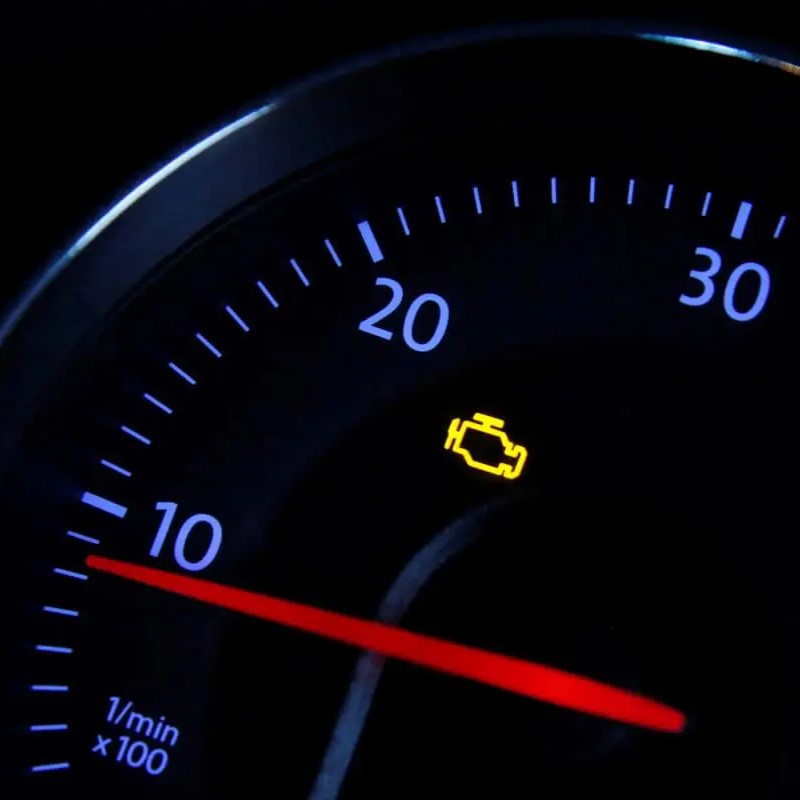Have you ever been cruising down the road when suddenly your car starts shaking uncontrollably, followed by the glaring apparition of the check engine light on your dashboard? It’s a nerve-wracking experience, leaving you wondering what’s wrong and how serious it could be. Fear not, fellow driver! This comprehensive guide will delve into the potential causes of car shaking and the check engine light, empowering you to navigate this situation with knowledge and confidence.
Understanding the Check Engine Light:
The check engine light, often a bright orange or yellow icon resembling a tiny engine block, is your car’s way of communicating an underlying issue. It doesn’t necessarily pinpoint the exact problem, but it serves as a crucial alert that something needs attention. When this light illuminates alongside a shaky car, it signifies a malfunction within the engine’s combustion process.
Why is My Car Shaking?
Car shaking, technically known as vibration, can arise from various culprits. Here are some of the most common ones:
- Engine Misfire: This occurs when one or more cylinders in your engine fail to combust fuel properly. This disrupts the engine’s smooth operation, causing vibrations that translate into shaking. Faulty spark plugs, worn-out ignition coils, or even a clogged fuel injector can trigger misfires.
- Engine Mounts: These rubber cushions support the engine and absorb vibrations. Over time, they can deteriorate and crack, allowing the engine to move excessively, which you’ll feel as shaking in the cabin.
- Drivetrain Issues: Problems within the transmission, axles, or driveshaft can also manifest as shaking. A worn-out transmission mount, imbalanced driveshaft, or failing axle could be the reason for the tremors.
- Tire Imbalance: Unevenly distributed weight within a tire can cause a bouncing sensation, especially at higher speeds. This can be rectified through wheel balancing, a routine maintenance procedure.
- Wheel Alignment: Improper wheel alignment, where your tires aren’t pointing in the correct direction, can lead to a vibration alongside uneven tire wear.

Severity of the Problem:
The severity of the situation depends on several factors, including the intensity of the shaking, the accompanying symptoms (unusual noises, loss of power), and the check engine light’s behavior (solid or flashing).
- Solid Check Engine Light and Mild Shaking: This scenario might indicate a less pressing issue, like a faulty spark plug. However, it’s still crucial to get your car checked by a mechanic to prevent further problems.
- Flashing Check Engine Light and Severe Shaking: This combination signifies a more serious concern, possibly a severe engine misfire. In such cases, it’s advisable to pull over safely and turn off the engine to avoid potential damage to the catalytic converter.
What to Do When Your Car Shakes and the Check Engine Light Turns On:
- Maintain Your Composure: It’s understandable to feel alarmed, but panicking won’t help. Safely pull over to the side of the road and turn on your hazard lights.
- Assess the Situation: Consider the severity of the shaking and any additional symptoms. If the shaking is violent, or if you hear loud noises or experience a significant loss of power, it’s best to call a tow truck.
- Consult Your Owner’s Manual: Your car’s manual might offer specific guidance based on the check engine light’s behavior and any accompanying symbols.
- Schedule a Mechanic Visit: Regardless of the shaking intensity, it’s vital to have a qualified mechanic diagnose the problem. They possess the expertise and tools to pinpoint the exact cause and recommend the appropriate repairs.
Prevention is Key:
While car troubles are inevitable, you can take steps to minimize the risk of shaking and check engine light occurrences:
- Regular Maintenance: Sticking to your car’s recommended maintenance schedule, including timely oil changes, spark plug replacements, and air filter cleaning, can help prevent engine-related issues.
- Proper Tire Care: Regularly check your tire pressure and ensure they’re properly balanced and aligned. This not only improves handling but also extends tire life.
- Watch for Warning Signs: Be mindful of any unusual sounds or vibrations while driving. Addressing minor problems early on can prevent them from snowballing into bigger issues.

The Takeaway:
Car shaking and a check engine light are warning signs that shouldn’t be ignored. While it might seem daunting, understanding the potential causes and taking appropriate action can empower you to handle the situation effectively. Remember, prioritizing regular maintenance and addressing minor issues promptly can go a long way in keeping your car running smoothly and safely. If you find yourself in this situation, don’t hesitate to seek help from a qualified mechanic. With a little knowledge and the right course of action, you can get your car back on the road in no time.
Additional Tips:
- Invest in a Code Reader: While not a replacement for a mechanic’s expertise, a code reader can provide you with basic diagnostic trouble codes (DTCs) that correspond to the check engine light. This information can give you a general idea of the problem before you visit a mechanic.
- Beware of Quick Fixes: While some online resources might suggest DIY solutions, car repairs, especially when dealing with engine issues, are best left to professionals. Attempting a fix yourself could worsen the problem and lead to costlier repairs down the road.
- Choose a Reputable Mechanic: Look for a mechanic with a good reputation and experience working on your car’s make and model. Ask friends, family, or online communities for recommendations.
Gradual acceleration and braking
Taking control of your car’s momentum goes beyond just pressing the gas and brake pedals. Mastering smooth acceleration and braking techniques is essential for a safe, comfortable, and fuel-efficient driving experience.
Gentle on the Gas:
- Avoid Jerky Starts: Instead of slamming on the accelerator, apply pressure gradually. This allows the engine to smoothly build power, preventing unnecessary strain and optimizing fuel efficiency.
- Anticipate Traffic Flow: Look ahead and adjust your acceleration accordingly. If you see a red light in the distance, ease off the gas pedal early to avoid slamming on the brakes later.
Feathering the Brakes:
- Progressive Braking is Key: Don’t slam on the brakes! Firmly but gently apply increasing pressure to slow down gradually. This distributes braking force evenly, preventing wheel lockup and skids, especially on slippery surfaces.
- Engine Braking: When possible, utilize engine braking to slow down. Take your foot off the gas pedal and let the car’s natural engine resistance slow you down, particularly when approaching a stop sign or a red light.
Benefits of Smooth Control:
- Safety First: Smooth acceleration and braking minimize the risk of jerky movements that could surprise both you and other drivers. This promotes overall driving safety.
- Fuel Efficiency: Harsh acceleration and braking guzzle gas. Gentle control allows the engine to operate more efficiently, maximizing your fuel mileage.
- Reduced Wear and Tear: Sudden stops and starts put unnecessary stress on your vehicle’s components like brakes and suspension. Smoother control extends the lifespan of these parts, saving you money on repairs.
- Comfort is King: A smooth ride is a pleasurable ride. By avoiding jerky motions, you’ll create a more comfortable driving experience for yourself and your passengers.

Peace of Mind on the Road:
By understanding the potential causes of car shaking and the check engine light, you’ll be better equipped to navigate this situation calmly and confidently. Remember, prioritizing preventive maintenance and seeking professional help when needed are key to ensuring a smooth and safe driving experience. So, the next time your car starts to shake and the check engine light illuminates, take a deep breath, follow these guidelines, and get your car back to purring like a kitten!





